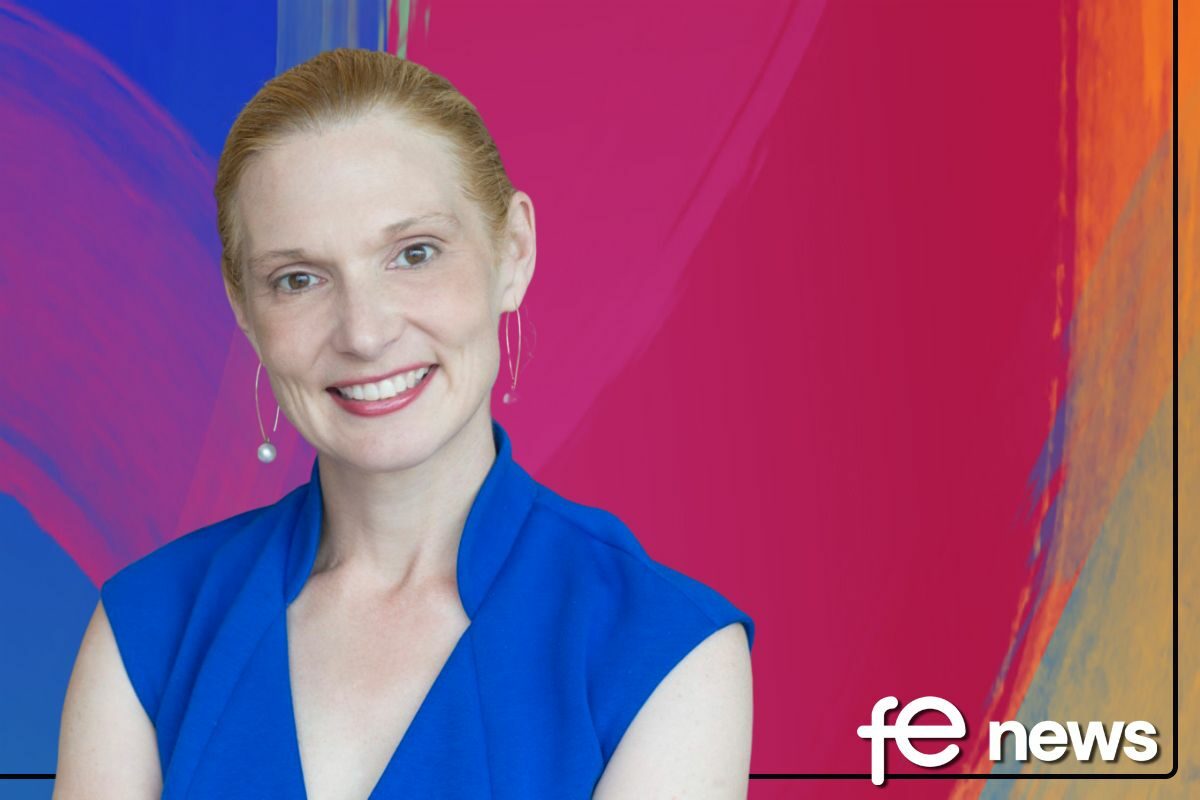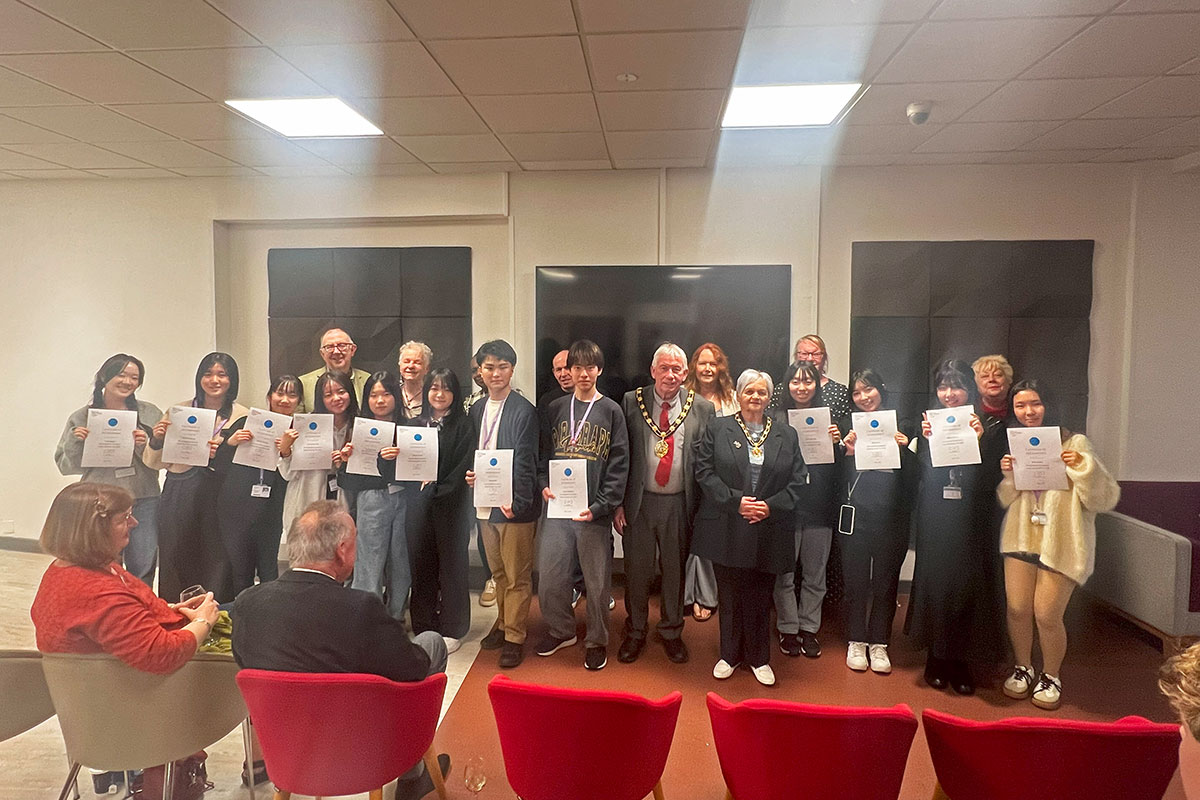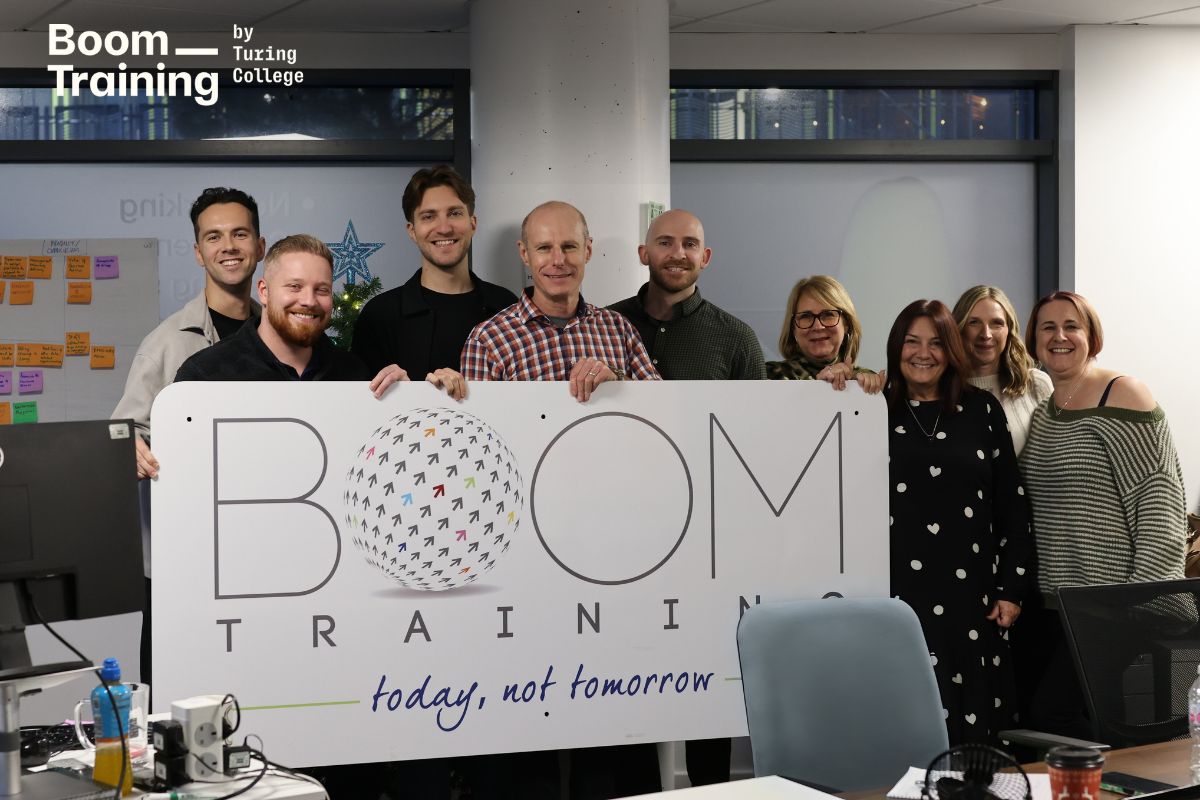How Universities can close the Digital Divide in Higher Education

In this article, Catherine will discuss how universities need to urgently take a number of short and long-term steps to close the digital divide in higher education, which is growing by the day.
COVID-19 forced universities to move all their learning online. While this was fine for students who had easy access to a computer and high-speed internet, many did not, and this exposed a significant digital divide within society.
As the world returns to some sort of normality, universities are starting to offer more online courses and hybrid learning, meaning a significant portion of students could continue to miss out on valuable education opportunities.
In my last article for FE News, I explored how universities can continue their digital transformations, but the question they also now need to be asking themselves, is how can they help close the digital divide within higher education?
There is no easy answer, but universities, in close collaboration with government departments, need to take a number of short and long-term steps to ensure that the digital divide doesn’t become further entrenched and increase social and economic inequality within society.
The steps that universities must take, now
One quick step that universities can take straight away to close the digital divide is to provide subsidies, free internet access and bursaries/interest-free loans for students to buy computers and other digital devices. In addition, universities should look at novel ways to provide students with quick and easy access to computers and digital devices. For example, the University of New South Wales, Australia, recently installed “computer vending machines” that students can use to borrow computers in a similar way to borrowing a book from a library. Such machines have been scattered in various places across the campus, ensuring all students who need a computer can access one.
Next, universities will need to ensure that hybrid courses are designed with all students in mind, regardless of background. During the pandemic a number of students had a tremendous educational experience while many others did not, and this cannot happen again.
Universities can help their educators understand what learning content can be best delivered online and what experiences are best had in person. For example, the notion of the “flipped classroom” has come into play. In this model, instead of lecture time being used to deliver information, students are provided with high quality digital content beforehand and lecture time is dedicated to discussion, debate and dialogue. This provides the best of both worlds – access to quality information and the opportunity to discuss and interrogate the content with peers and teachers.
Other short-term steps that universities can take include:
- Helping teachers understand what teaching content can be best delivered using in-person/online learning
- Support the development of digital assets needed for teaching (some universities, for instance, are now employing digital designers to work directly with teaching staff to do this)
- Clearly communicate with students about how teaching will be conducted using synchronous/asynchronous learning, and why
- Design in-class learning activities to make the most of having students together (eg, discussions, break out groups)
- Combine online research and assignments with in-class activities and discussions
The long-term perspective
Universities will need to take a step back and invest the time and effort into reimaging hybrid and online education courses to ensure that they are truly inclusive. Today, more people have access to a smartphone than a laptop, which offers the possibility for universities to look at creating online and app-based hybrid courses using bite-size content. Successful online learning apps such as Duolingo and Udemy have demonstrated how effective smartphone apps can be at delivering education, especially to the masses.
Universities should also partner with local and national governments to help develop the digital infrastructure that is needed to open up online and hybrid learning to all. This can be achieved by encouraging more investment in the roll out of high-speed internet infrastructure, while also increasing the number of computers in local libraries and community hubs.
While the power and benefits of online and hybrid education are vast, the experience can also be lonely for some and take a toll on mental health, especially for students that come from less prosperous backgrounds, who may not have access to mental health support and resources. It is therefore critical that universities ensure students are able to build meaningful connections and relationships regardless of their online or hybrid status as, as this will help create a sense of community around the learning experience.
Finally, when done correctly, digital technologies can help address some of the historic and deeply entrenched inequalities within education systems, especially in the developing world. Currently, EY teams are working on a project in New Zealand where they have collaborated with the NZ Ministry of Education to deliver the Digital Ignition program to 15,000 students across the country.
The program is aimed at increasing skills and education within indigenous and remote communities who often need to move well beyond their home region to access schools and universities. Individuals from these communities are often the first from their families to attend university, making the experience especially dauting.
Digital Ignition also introduces students to computational thinking and digital design concepts and creates a technology-rich learning environment in which students can learn. It was built to excite and inspire students to engage with technology to solve real-world problems.
In a related project, EY has worked with government in India to create the Digital Infrastructure for Knowledge Sharing (DIKSHA). As an aside, “Diksha” is Sanskrit for “giving away.”
EY teams developed digital content strategies, design frameworks, technology implementation and adoption plans for DIKSHA in India. It is one of the largest K-12 digital education programs, impacting 180+ million students and 7+ million teachers and provides access to content covering 40 different subject areas including Biology, Chemistry, Mathematics and Physics.
In ways such as these, digital and online education tools can help address challenges of access and equity by providing students with high quality education, without the need for travel beyond their local area.
Education is fundamental to the development of any just, equal and prosperous society and is critical to a nation’s overall success. That means we cannot overlook how important it is to improve the quality and accessibility of education, through technology.
As a starting point, we must close the digital divide within higher education to ensure everyone has access to the same opportunities.
By Catherine Friday, EY Global Education Leader; EY Oceania Managing Partner, Government and Health Sciences











Responses